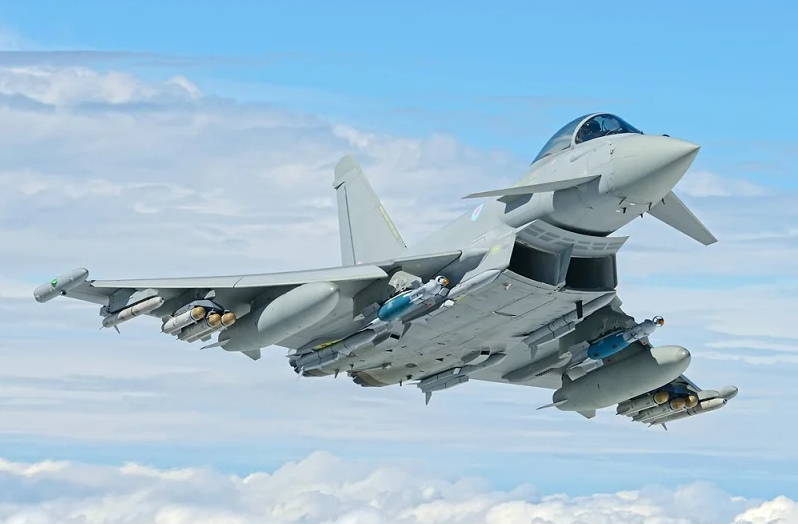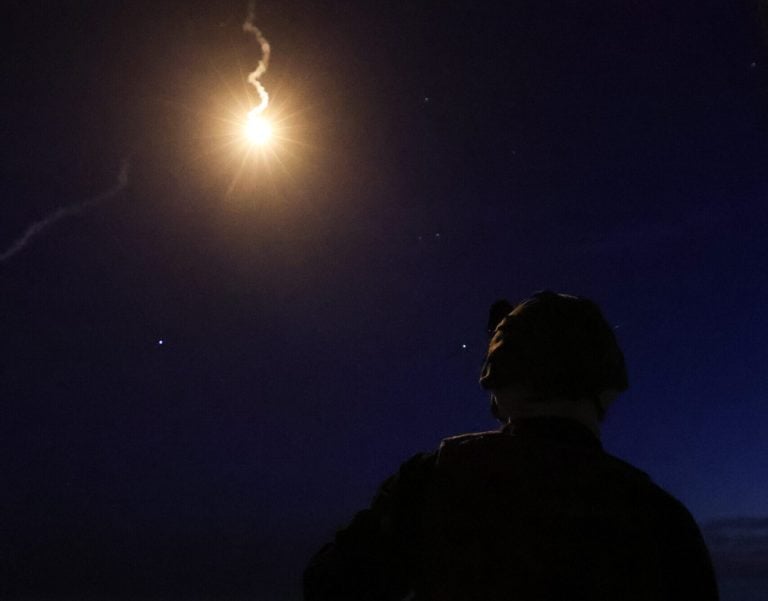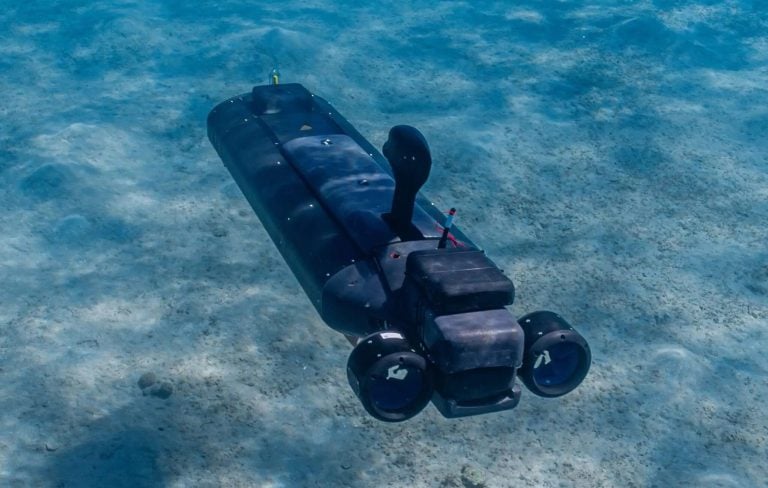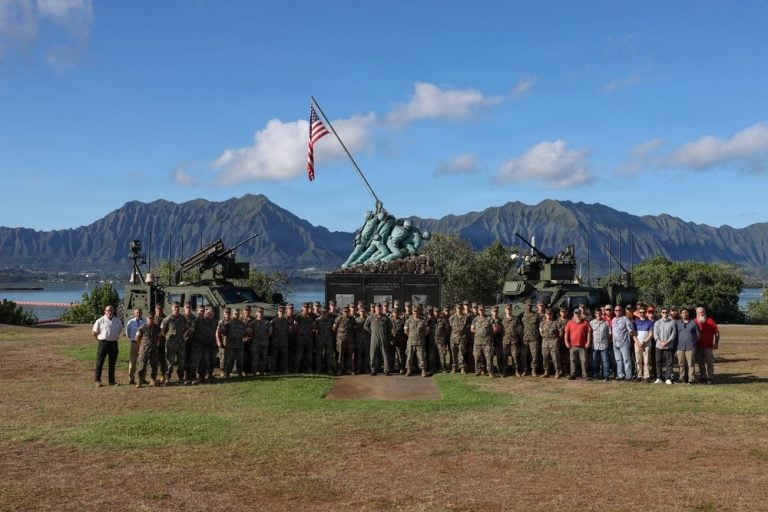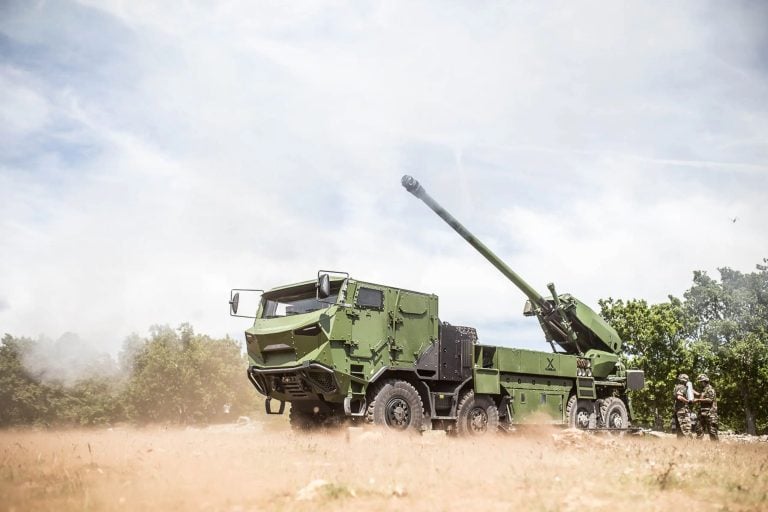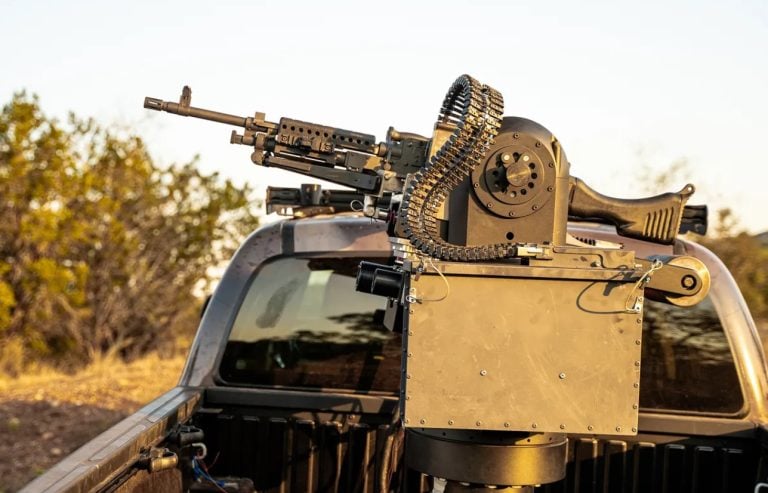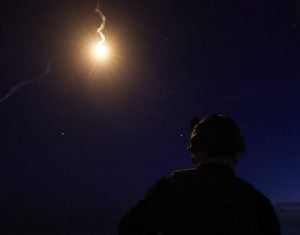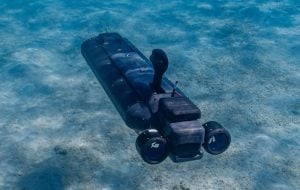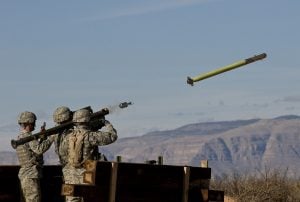Royal Air Force (RAF) Typhoon FGR4s stationed at Malbork airbase in Poland have successfully intercepted a Russian surveillance aircraft, marking yet another instance of heightened military vigilance in response to escalating tensions in NATO airspace. The Russian Ilyushin Il-20M was intercepted as part of a coordinated effort after being initially escorted earlier in the day by three other pairs of NATO aircraft.
Earlier, the Il-20M had flown over the Baltic Sea before approaching the airspace near Poland. Upon exiting Kaliningrad airspace, the Russian aircraft was passed to the Danish Quick Reaction Alert (QRA) group within NATO. A spokesperson from the RAF Expeditionary Air Wing (EAW) emphasized that the Il-20M not only failed to file an obligatory flight plan but also neglected to communicate with civilian air traffic control, raising concerns over air safety.
The RAF’s enhanced readiness comes as airmen from the 140 EAW No. II Squadron undertake QRA duties consistent with NATO’s upgraded air policing protocols. This initiative reflects a strategic shift in NATO’s defensive posture due to increased Russian activity in the vicinity of its member states. The UK Typhoons are an integral part of NATO’s air policing contingent, underscoring the alliance’s commitment to safeguarding its airspace.
The interception of the Il-20M adds to a growing record of similar events in recent months. Last month alone, RAF Typhoons were activated on three separate occasions to intercept Russian aircraft, including pairs of Sukhoi Su-30MKI fighters and additional Il-20Ms, as they navigated close to the Baltic Sea. This trend of heightened military scrutiny towards Russian aircraft is part of NATO’s broader strategy to ensure the security and integrity of its airspace following the increased frequency of Russian military activities in the region.
Historical precedents also highlight this ongoing tension; last year, the Royal Netherlands Air Force escorted several Russian military aircraft that similarly failed to identify themselves during interactions with NATO forces. This string of incidents illustrates the ongoing complexities and challenges in maintaining safety and security within crowded European airspace.
